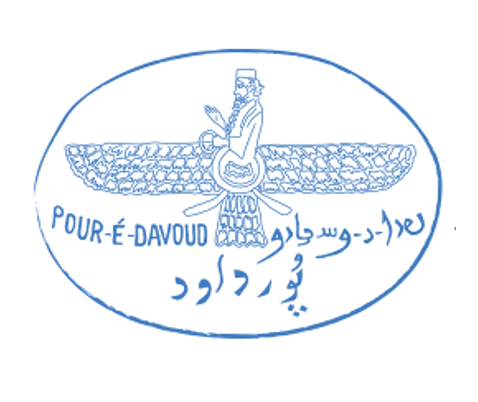Additional Support for the Pourdavoud Center’s Research Initiatives

The Pourdavoud Center for the Study of the Iranian World would like to express its deep appreciation to Ms. Nastaran Akhavan for her financial support of the UCLA Archaeological Gazetteer of Iran, an open access online encyclopedia of Iranian archaeological sites of all pre-Islamic periods spearheaded by the Pourdavoud Center, as well as its principal investigator, Dr. Ali Mousavi. Ms. Akhavan has graciously made a pledge of $30,000 in support of the Gazetteer over the next two years. This is in addition to her ongoing support of Iranian Studies at UCLA.
The UCLA Archaeological Gazetteer of Iran, a project initiated under the auspices of the Pourdavoud Center for the Study of the Iranian World, aims to be an open access online encyclopedia of ancient Iranian archaeological sites. The growing number of archaeological activities in the academic fields of survey research, excavation, restoration, conservation, and museum studies has made it increasingly difficult to provide and update the timely dissemination of results in the form of printed publications. One of the main purposes of the Gazetteer is to fill such a lacuna with the creation of a web-based, interactive gazetteer dedicated to the consolidation and dissemination of archaeological news, reports, multi-media files, and publications. Another goal of the UCLA Archaeological Gazetteer of Iran is to act as a repository of Iranian cultural heritage by preserving the virtual memory of archaeological vestiges no longer extant.
The Gazetteer serves the research and teaching needs of scholars in all branches of the humanities, including anthropology, art history, history, and digital humanities, but more specifically aids those working on the archaeology of Iran and the ancient Near East. The encyclopedic entries and the data they represent present a comprehensive, updated record of sites, including illustrations and references. The Gazetteer is a living research tool, the content of which is regularly enhanced and updated, which will ensure that scholars and students around the globe always have freely published access to the most recent material in Iranian archaeological studies and field research.

